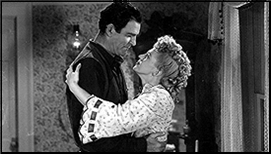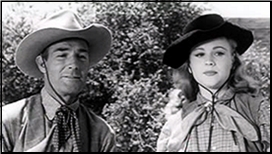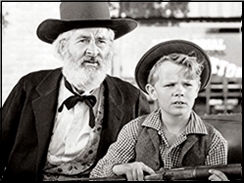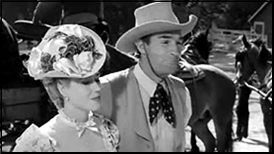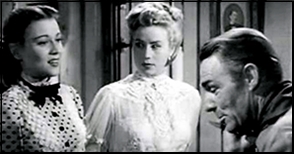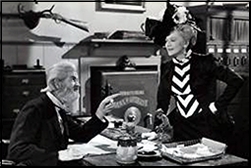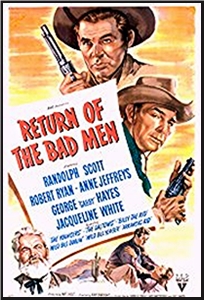Sun 22 Jul 2018
A Western Movie Review: DEATH OF A GUNFIGHTER (1969).
Posted by Steve under Reviews , Western movies[7] Comments
DEATH OF A GUNFIGHTER. Universal Pictures, 1969. Richard Widmark, Lena Horne, Carroll O’Connor, David Opatoshu, Kent Smith, Jacqueline Scott, Morgan Woodward, Larry Gates, Dub Taylor, John Saxon. Based on the novel by Lewis B. Patten. Director: Allen Smithee (Robert Totten & Don Siegel).
Creative differences between Richard Widmark, the star of the film, and Robert Totten, the original director assigned to it, resulted in Don Siegel being hired to finish up this rather uninspired western film. The pseudonymous “Allen Smithee” ended up being credited for as its director when neither of the two men who did the job wanted his name to be associated with it.
Besides a noticeable lack of continuity to the story, it’s a old one to boot, that of a sheriff who was hired by a town many years ago,with considerable success, but as times have changed, Marshal Frank Patch’s continued usefulness has diminished considerably. What’s worse, as far as the town elders are concerned, he refuses to leave.
And that’s the only story there is, the only one that matters. There is only one note to this movie, and it’s played over and over again. Patch (overplayed by Richard Widmark) is a both a bully and bull-headed enough to never say good-bye, and he knows enough about the past of each of the town’s merchants to get away with it.
I think that in movies — the better ones anyway, and including westerns — somebody has to change because of events that take place as the story goes on, especially the main protagonist, and Patch is the same man at the end of the movie as he was at the beginning, except that he’s dead. Hence the title.
